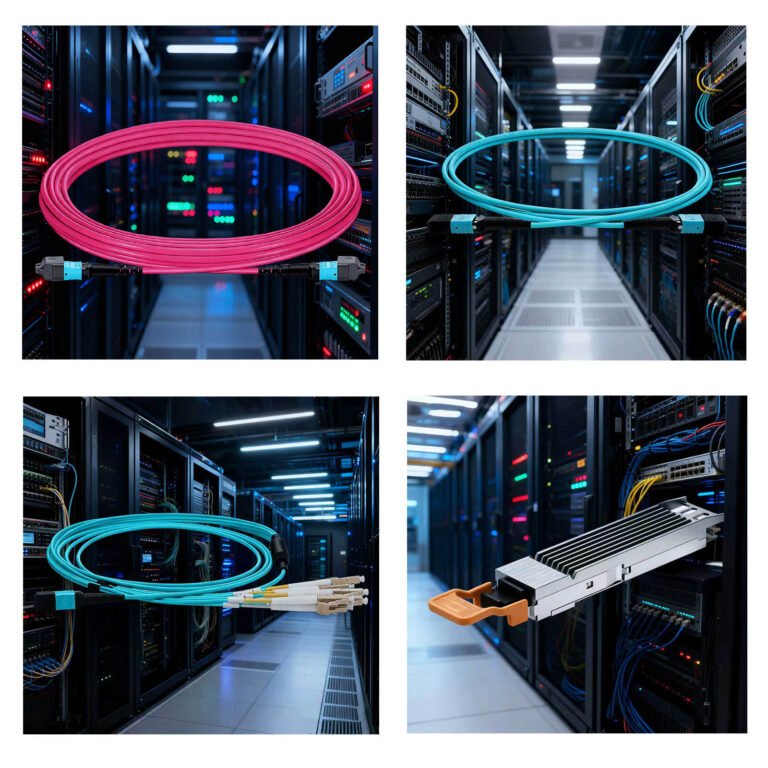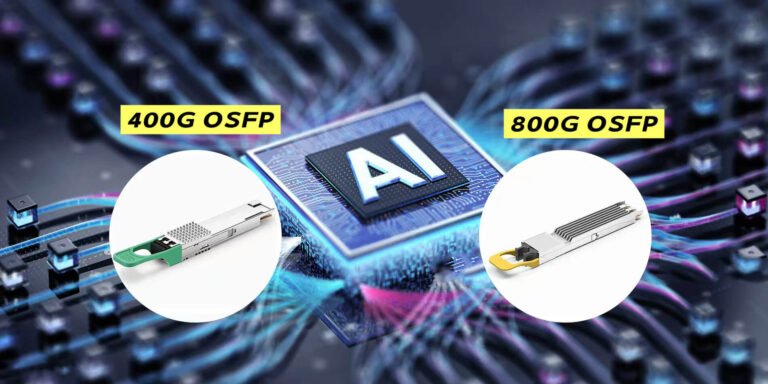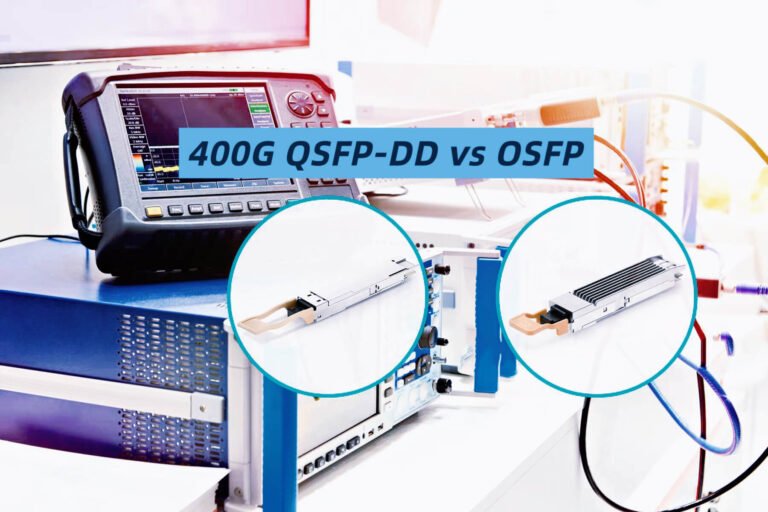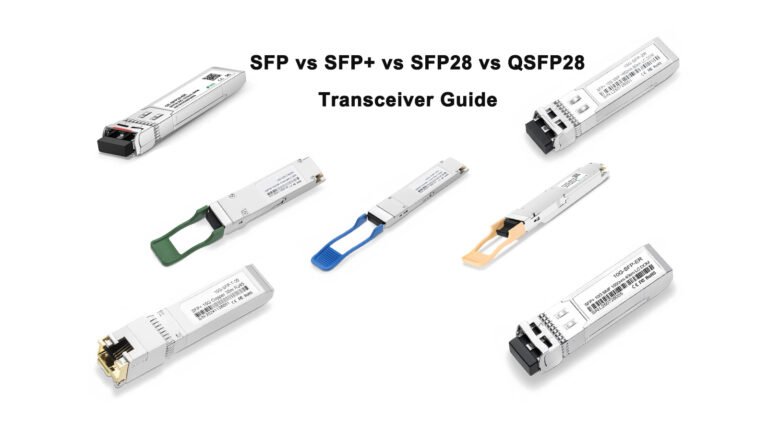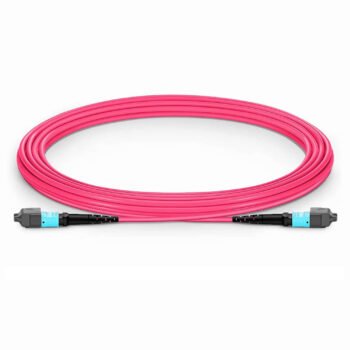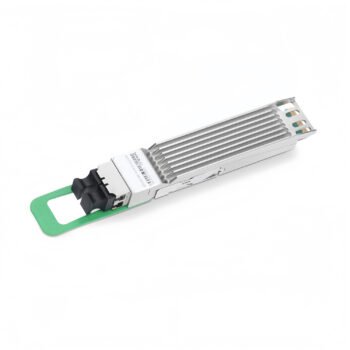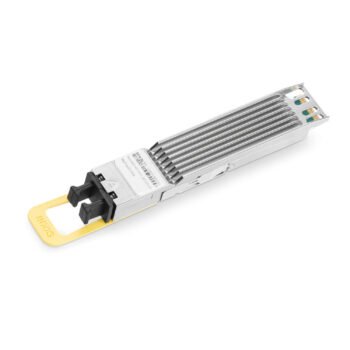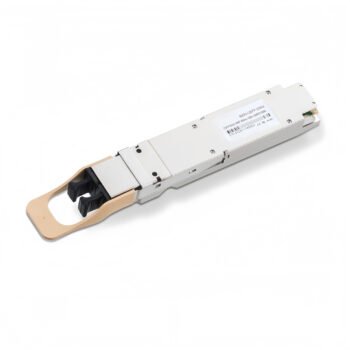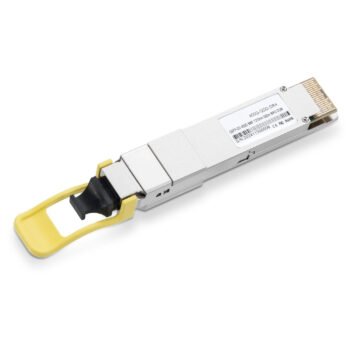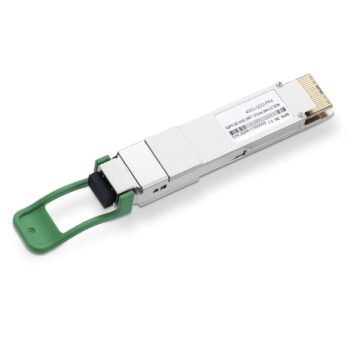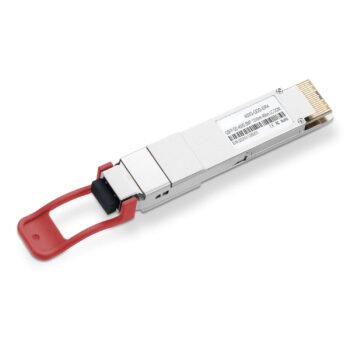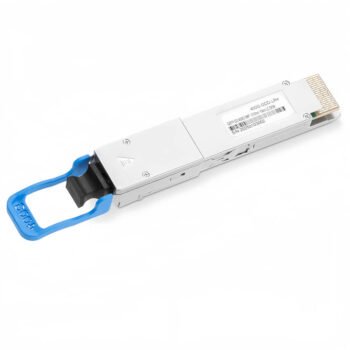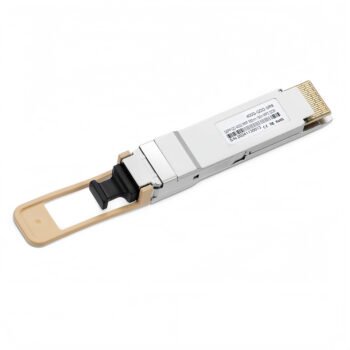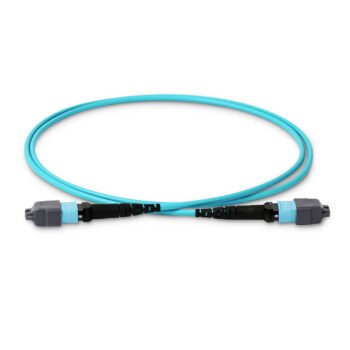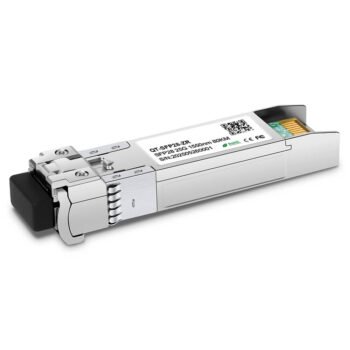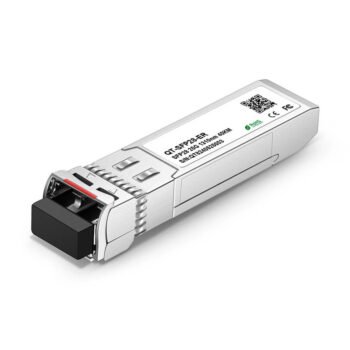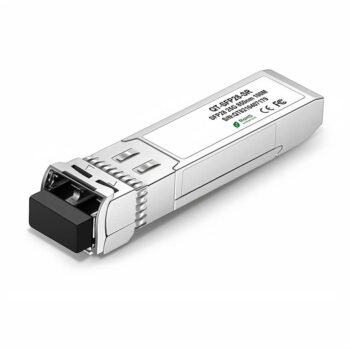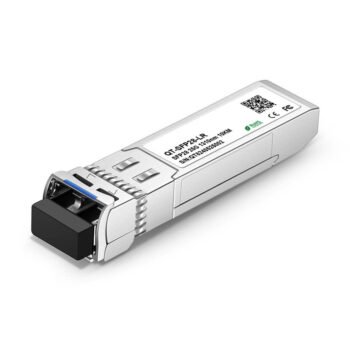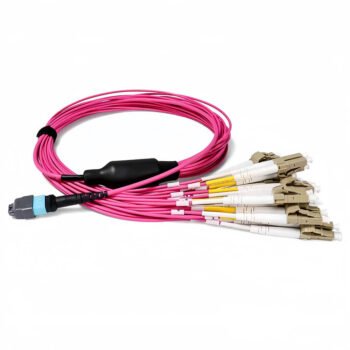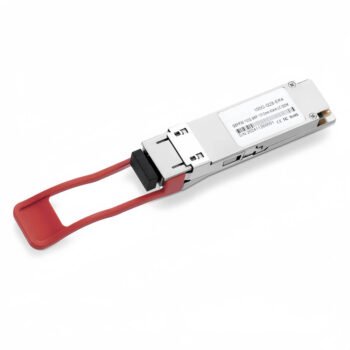400G vs 800G OSFP Transceivers: What’s Changing in Data Centers and AI Networks?
From hyperscale data centers to AI-driven computing clusters, bandwidth demands are doubling every two years. As 400G optical networks become mainstream, the next wave — 800G OSFP — is reshaping how networks handle massive traffic and real-time workloads.
In this post, we’ll explore why OSFP is becoming the standard for 800G, how it compares with 400G OSFP in lanes, power, and thermal performance, and how your network can smoothly migrate from QSFP-DD to OSFP.
We’ll also look at real applications in AI/ML clusters, DCI, and 5G edge networks, and why ABPTEL provides one of the most flexible, cost-effective 400G/800G OSFP product lines in the market.
🧩 1. What Makes OSFP the New Standard for 800G?
The shift from 400G to 800G transceivers is more than just doubling speed—it’s about rethinking cooling, signal quality, and power efficiency.
The OSFP (Octal Small Form-Factor Pluggable) was created to handle 8×100G PAM4 lanes, achieving 800Gbps total throughput with excellent stability.
🔹 Key Advantages of OSFP
- Higher Power Headroom: Supports 15–20W modules, enabling advanced long-reach optics (DR8, FR4, LR4).
- Enhanced Thermal Design: Larger shell area and improved airflow for sustained high-load operation.
- Future-Ready: OSFP MSA already defines electrical support for 1.6T transceivers, protecting long-term investment.
- AI-Centric: Ideal for AI/ML interconnects, where terabit-scale links synchronize distributed GPUs.
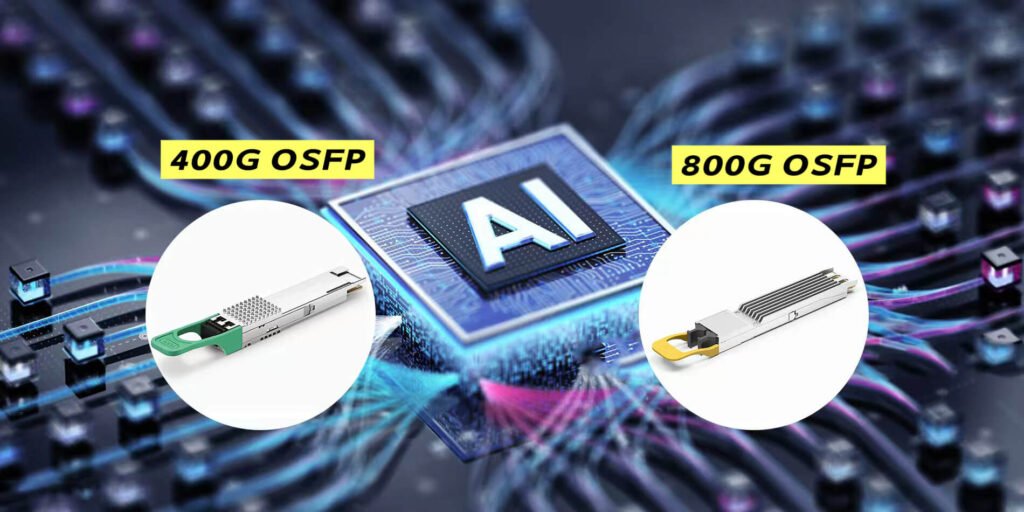
💡 Did you know?
OSFP modules are slightly larger (22.58 mm × 107.8 mm) than QSFP-DD (18.35 mm × 89.4 mm), giving more heat-dissipation area and allowing stable operation in dense racks.
⚙️ 2. 400G OSFP vs 800G OSFP: Lanes, Power, and Thermal Differences
Both 400G and 800G OSFP modules share similar design DNA, but 800G doubles per-lane data rate and requires more refined thermal management.
| Parameter | 400G OSFP | 800G OSFP |
|---|---|---|
| Electrical Lanes | 8 × 50 Gbps PAM4 | 8 × 100 Gbps PAM4 |
| Aggregate Bandwidth | 400 Gbps | 800 Gbps |
| Power Consumption | 12–14 W | 16–20 W |
| Connector Type | MPO-12 / LC Duplex | MPO-16 / Dual MPO-12 |
| Transmission Reach | SR8: 100 m / DR4: 500 m / FR4: 2 km / LR4: 10 km | SR8: 100 m / DR8: 500 m / FR4: 2 km / LR4: 10 km |
| Key Applications | DCI, TOR, Aggregation Switch | AI Fabric, HPC, Hyperscale Cloud |

🔥 Thermal Management
- 400G typically runs under 12 W, while 800G may reach 20 W.
- OSFP’s integrated fin design and airflow channel mitigate hotspot buildup.
- In AI racks, liquid cooling and copper heatsinks are increasingly common.
⚡ Power and Density Balance
Although QSFP-DD remains compact, OSFP’s higher thermal envelope allows sustained 800G throughput without throttling.
For long-term scalability, power per lane (W/Gbps) efficiency makes OSFP the clear winner.
🧠 Expert Tip: Plan front-to-back airflow spacing of ≥ 3 mm between OSFP cages to improve MTBF and optical stability.
🚀 3. Migration Path: Upgrading from QSFP-DD to OSFP
Enterprises today rely on 400G QSFP-DD, but AI workloads are pushing a transition toward 800G OSFP.
Understanding compatibility gaps and migration options is essential for smooth upgrades.
🔧 Migration Challenges
- Form Factor Gap: OSFP cannot fit into QSFP-DD cages due to larger connector size.
- Connector Change: 400G QSFP-DD → MPO-12; 800G OSFP → MPO-16.
- Thermal Redesign: Higher power modules require rack-level cooling review.
🛠️ Migration Solutions
- Hybrid Cables / Adapters –
Use QSFP-DD↔OSFP hybrid DACs/AOCs during phased deployment.
👉 See MPO/MTP Cable solutions for flexible routing. - Switch Upgrades –
Select switches supporting mixed QSFP-DD + OSFP cages to simplify transition. - Thermal Strategy –
Implement dynamic fan profiles and tray cooling to maintain < 60 °C ambient.
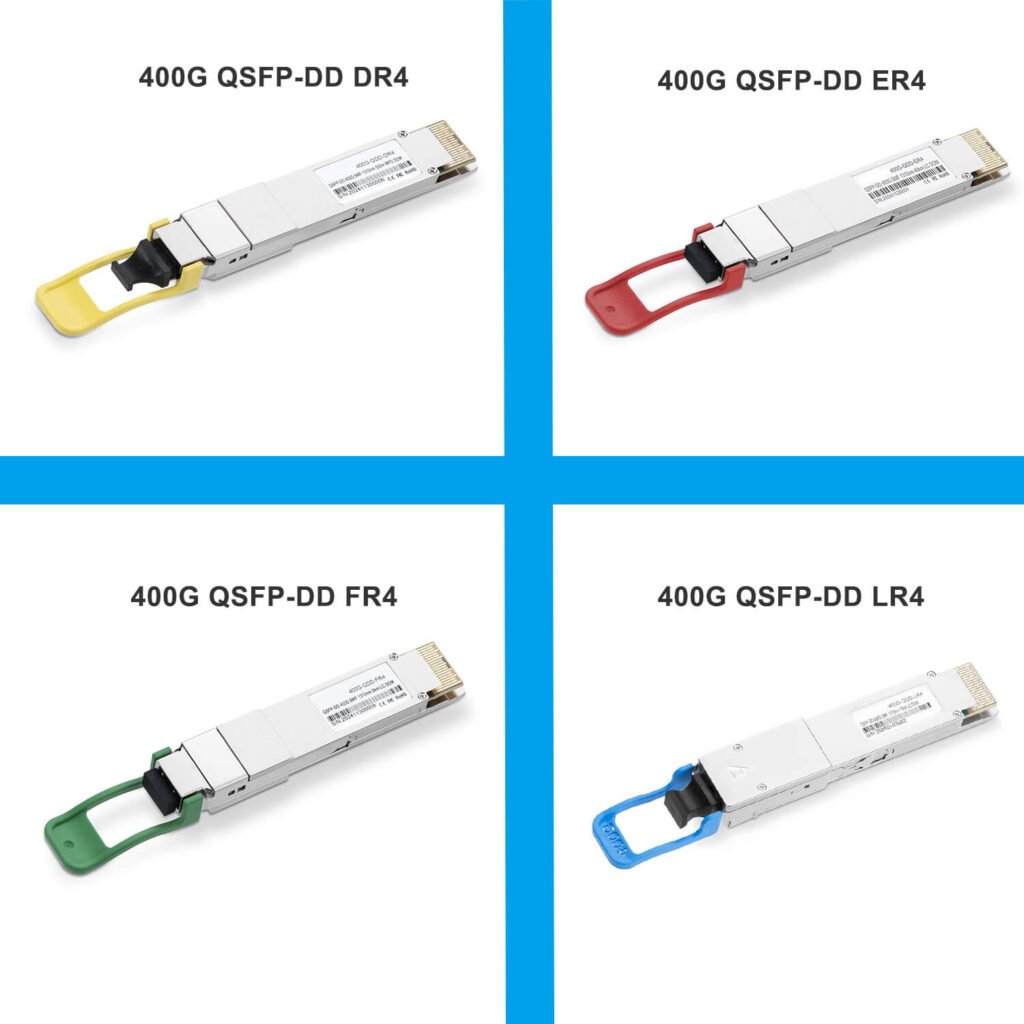
🧩 Case Study:
A hyperscale lab migrated from 400G QSFP-DD DR4 → 800G OSFP DR8, reducing synchronization latency by 38% and improving energy utilization by 21%.
🌐 4. Real Applications: AI/ML Clusters, DCI, and 5G Edge
The adoption of OSFP isn’t limited to backbone providers—it’s becoming the default interconnect for next-generation AI and cloud infrastructures.
🧠 AI / Machine Learning Clusters
AI models require massive, low-latency bandwidth between GPUs.
OSFP DR8 provides 8×100G parallel lanes, perfect for GPU-to-GPU or spine-to-leaf links up to 500 m.
- Compatible with NVIDIA DGX H100 / H200 and AMD MI300 clusters.
- Designed for < 2 ns latency between nodes.
☁️ Data Center Interconnect (DCI)
DCI operators deploy FR4 (2 km) and LR4 (10 km) OSFP modules for metro-scale connectivity.
ABPTEL’s 800G OSFP series ensures minimal IL (< 1.2 dB) and consistent performance for 24/7 uptime.
📡 5G Edge Networks
Edge computing requires compact, temperature-resilient optics.
OSFP modules maintain stability from –5 °C to +70 °C, ideal for 5G fronthaul/midhaul integration.
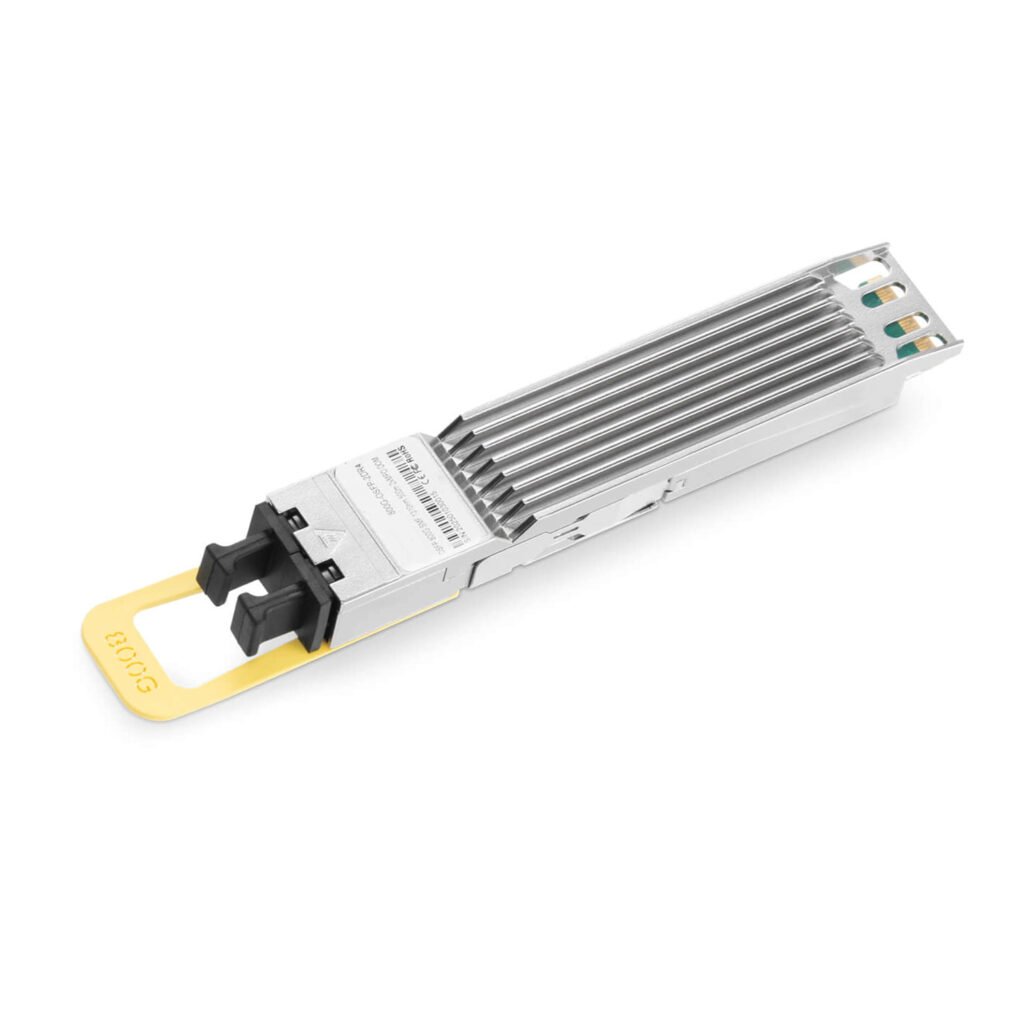
⚙️ Insight:
By 2026, AI traffic will exceed 50% of total data-center throughput, and OSFP will be the optical backbone for this new AI-driven era.
🏭 5. Why ABPTEL’s 400G/800G OSFP Lineup Fits Flexible Deployment
ABPTEL delivers a complete range of 400G and 800G OSFP transceivers—from SR8 to LR4—engineered for data-center, telecom, and AI network integration.
💡 Advantages of ABPTEL OSFP Solutions
- ✅ Broad Compatibility: Works with Cisco, Juniper, Arista, Huawei, and NVIDIA platforms.
- ✅ Superior Optical Testing: Each unit is 100% verified for IL/RL, eye diagram, and BER.
- ✅ Custom OEM/ODM Service: Coding, labeling, and firmware programming available.
- ✅ Factory-Direct Pricing: Cost-effective solutions with short lead time (3–7 days).
- ✅ Global Logistics: Fast delivery to North America, Europe, and Asia.
🔗 Explore More
- 🧩 400G/800G Transceivers – Full SR8, DR8, FR4, LR4 range.
- 🔌 MPO/MTP Cables – For high-density interconnects.
- 🔗 AOC/DAC Cables – For short-reach connections.
- 💡 SFP Modules – Legacy compatibility for hybrid networks.

🧾 Conclusion
The leap from 400G to 800G OSFP represents a fundamental transformation in optical infrastructure.
It’s not merely speed—it’s efficiency, scalability, and readiness for AI-centric computing.
For engineers and project managers planning future-proof networks, choosing the right transceiver family determines long-term ROI and operational stability.
With ABPTEL’s high-performance 400G/800G OSFP lineup, you can deploy reliable, low-latency infrastructure that scales with the world’s most demanding applications.
📚 References
✅ SEO Metadata
Meta Title:
400G vs 800G OSFP Transceivers | Data Center & AI Network Upgrade Guide | ABPTEL
Meta Description:
Compare 400G and 800G OSFP transceivers and learn how OSFP empowers AI and data center networks with superior cooling, power efficiency, and scalable connectivity from ABPTEL.
Slug:
/400g-vs-800g-osfp-transceivers/

